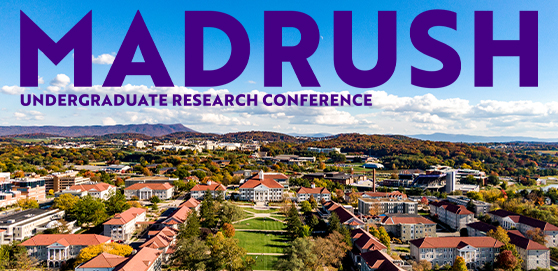Abstract
The role of local peoples near concentration camps, extermination camps, and mass shooting sites in Europe during World War II is a widely unexplored area of the Holocaust. Although locals both knew of these sites and their purposes, many chose to be complaisant while others collaborated with the Nazi regime. Therefore, non-persecuted Germans and occupied peoples near the camps played a substantial role in the atrocities committed during the Holocaust. These civilians’ actions, or lack thereof, in response to the crimes against humanity before their eyes were driven by three main factors: economic gain, antisemitism, and fear. Regardless of motive, one truth lives on in infamy: these citizens bore witness to the Holocaust either through choice or through compulsion. They were watching.
From Complaisance to Collaboration: Analyzing Citizens’ Motives Near Concentration and Extermination Camps During the Holocaust
The role of local peoples near concentration camps, extermination camps, and mass shooting sites in Europe during World War II is a widely unexplored area of the Holocaust. Although locals both knew of these sites and their purposes, many chose to be complaisant while others collaborated with the Nazi regime. Therefore, non-persecuted Germans and occupied peoples near the camps played a substantial role in the atrocities committed during the Holocaust. These civilians’ actions, or lack thereof, in response to the crimes against humanity before their eyes were driven by three main factors: economic gain, antisemitism, and fear. Regardless of motive, one truth lives on in infamy: these citizens bore witness to the Holocaust either through choice or through compulsion. They were watching.



